Textile designer: Cristian Zuzunaga
Elements of art and architecture, digital images and the natural world are imaginatively woven into the designer’s fabrics, which bring a bright, creative edge to fashion and furnishings


Cristian Zuzunaga is perhaps best known for his digital-meets-analogue pixel design, which has been applied to a range of textiles and furnishings with striking results.
Breaking patterns and images into their component parts and reconfiguring them in abstract form is at heart of his approach. Inspired by modernism, he describes his work as a mix of op art, Bauhaus and cubism, and has enjoyed high-profile collaborations with Ligne Roset, Kvadrat and the Tate.
See: Textile trends – the latest looks for fabrics
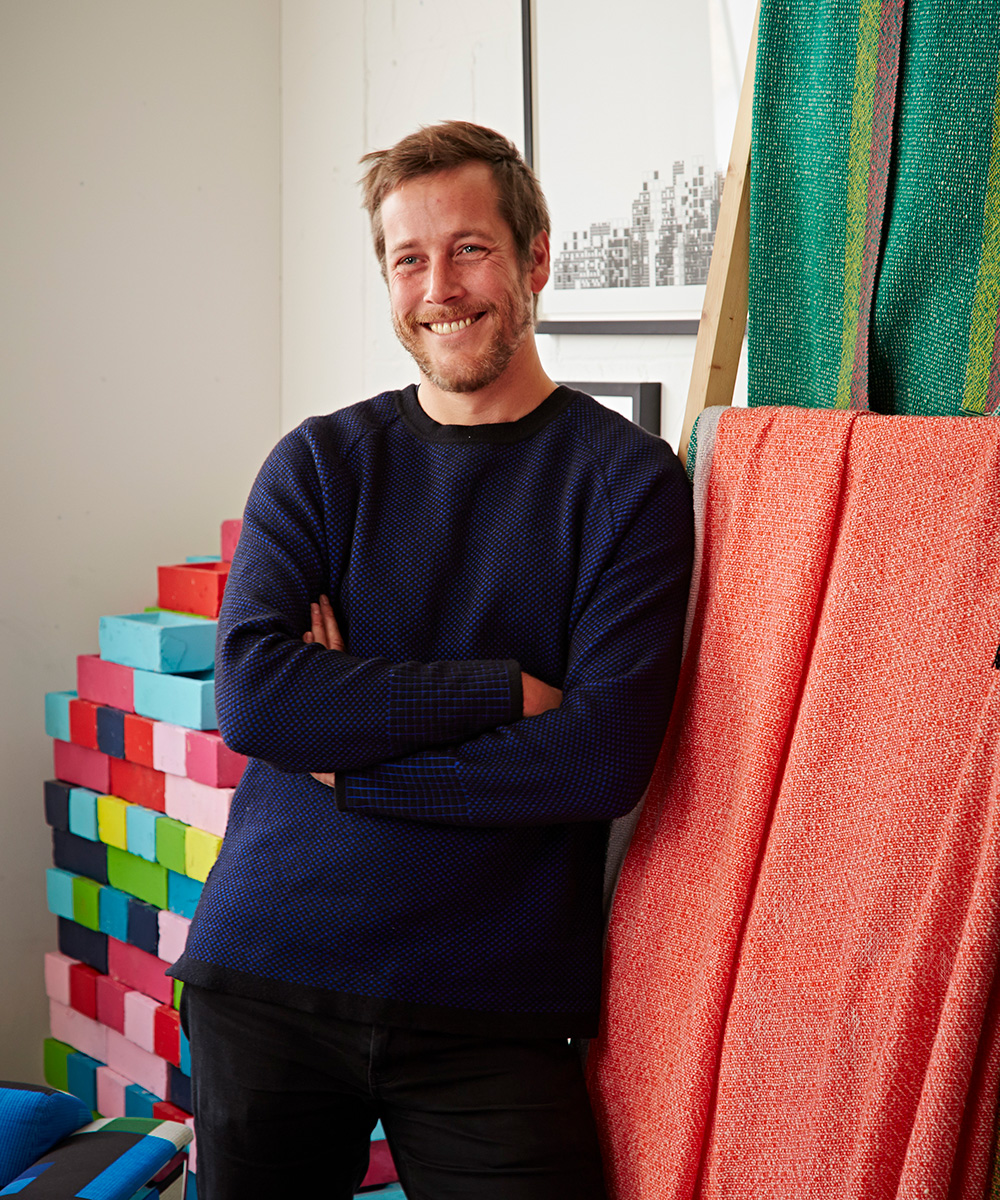
I grew up in Barcelona and inherited my love of colour from my parents. My Catalan mother was a poet and my father, who’s Peruvian, is an artist. As a child I was fascinated by the world around me, particularly the relationship between nature and the urban environment.At university I studied biology, but dropped out when my modelling career took off in 1997. I was based in New York for two years, but I wasn’t enjoying the lifestyle. What I did love was having the time to visit art exhibitions and this was behind my decision to move to London in 2000 and undertake a BA in typography and graphic design. It was a huge contrast to my old glamorous lifestyle, but I loved the course, working with a letterpress, screen printing and etching to create something unique. I went on to do an MA at the Royal College of Art.

After completing my MA in 2007, I set up my own graphic design practice in London, but I soon realised that I wanted to move into working with textiles, as they offer so many more possibilities than paper.I was invited to exhibit at Maison et Objet in 2008 and, as people interacted with my work, it became clear to me this was the direction I wanted to take. After the show, the Tate included some of my work in its Colour Chart exhibition and this led to me designing a scarf and tote bag to be sold in its shops. It was my first big order; I produced it in London and, luckily, managed to deliver it on time.Today, Zuzunaga comprises a team of six full-time staff, plus satellite workers in various locations. The office in Barcelona deals with logistics and operations, and I also have a workshop there, plus a studio in east London. With the nuts and bolts taken care of, I can focus on design, experimentation and creativity.

My ideas grow conceptually from things I read and look at. Architecture is a huge influence and often a starting point for my work, particularly the designs of Jean Nouvel, Rem Koolhaas, Renzo Piano, Norman Foster and Richard Rogers.Anthropology and the relationship we have with our environment also trigger ideas. I explore a subject, asking myself why things resonate, and then try to integrate it into my work. The pixel, for example, is seen as a modern development but is in fact an archetype that has existed for thousands of years.I also love the work of artists such as Cindy Sherman, Sophie Calle, Paul Klee, Kandinsky, Jeff Koons and Andy Warhol. I’m not really doing anything new, simply reviving ideas that went underground too quickly, and then filtering and editing them into a new form.
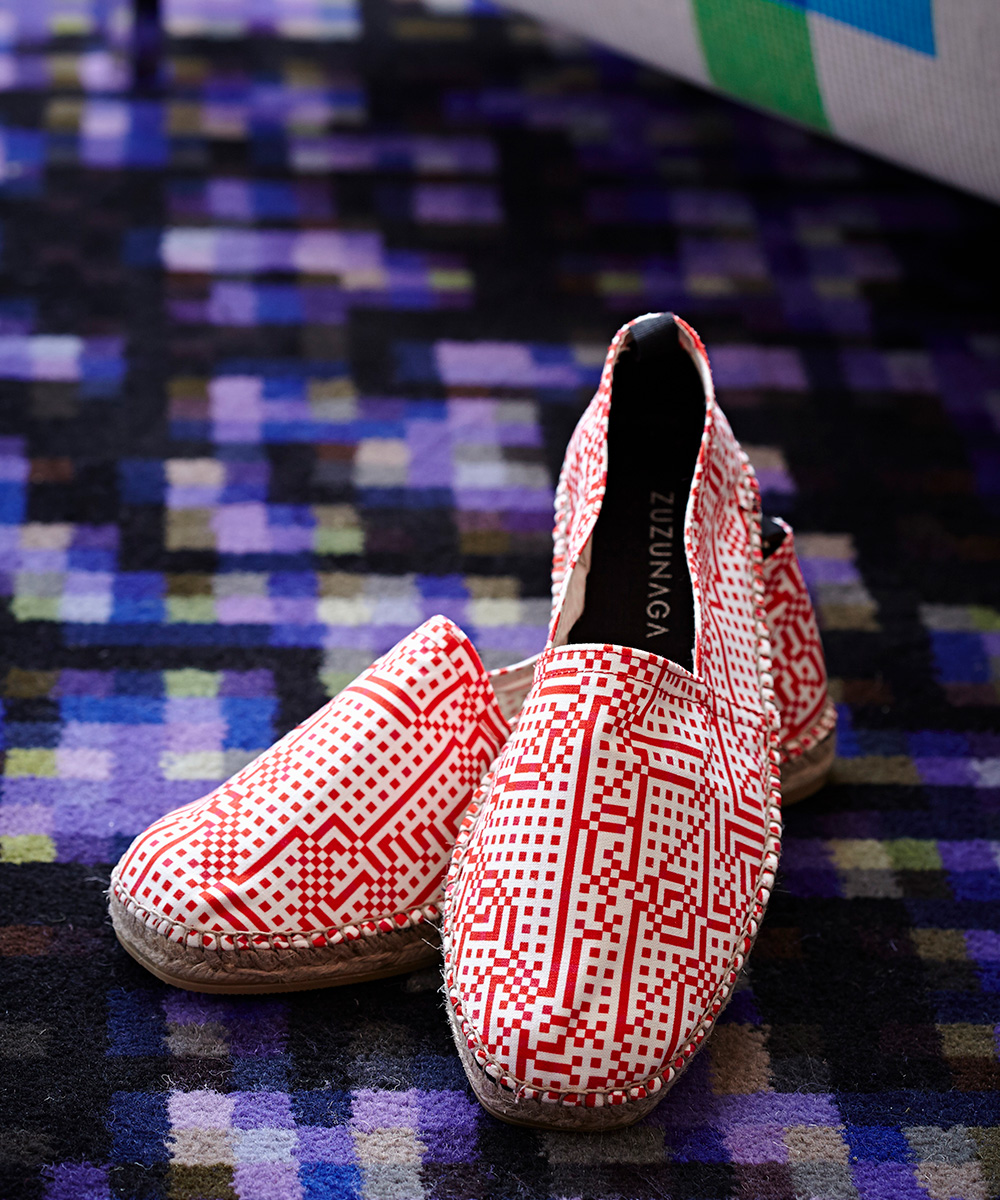
We use textiles from all over Europe, including France, Italy, Portugal and, of course, Spain. For the first time, we are looking at buying materials from Peru, where there is such a rich history of hand-woven textiles and the quality of the yarn is just mind-blowing.
Design expertise in your inbox – from inspiring decorating ideas and beautiful celebrity homes to practical gardening advice and shopping round-ups.
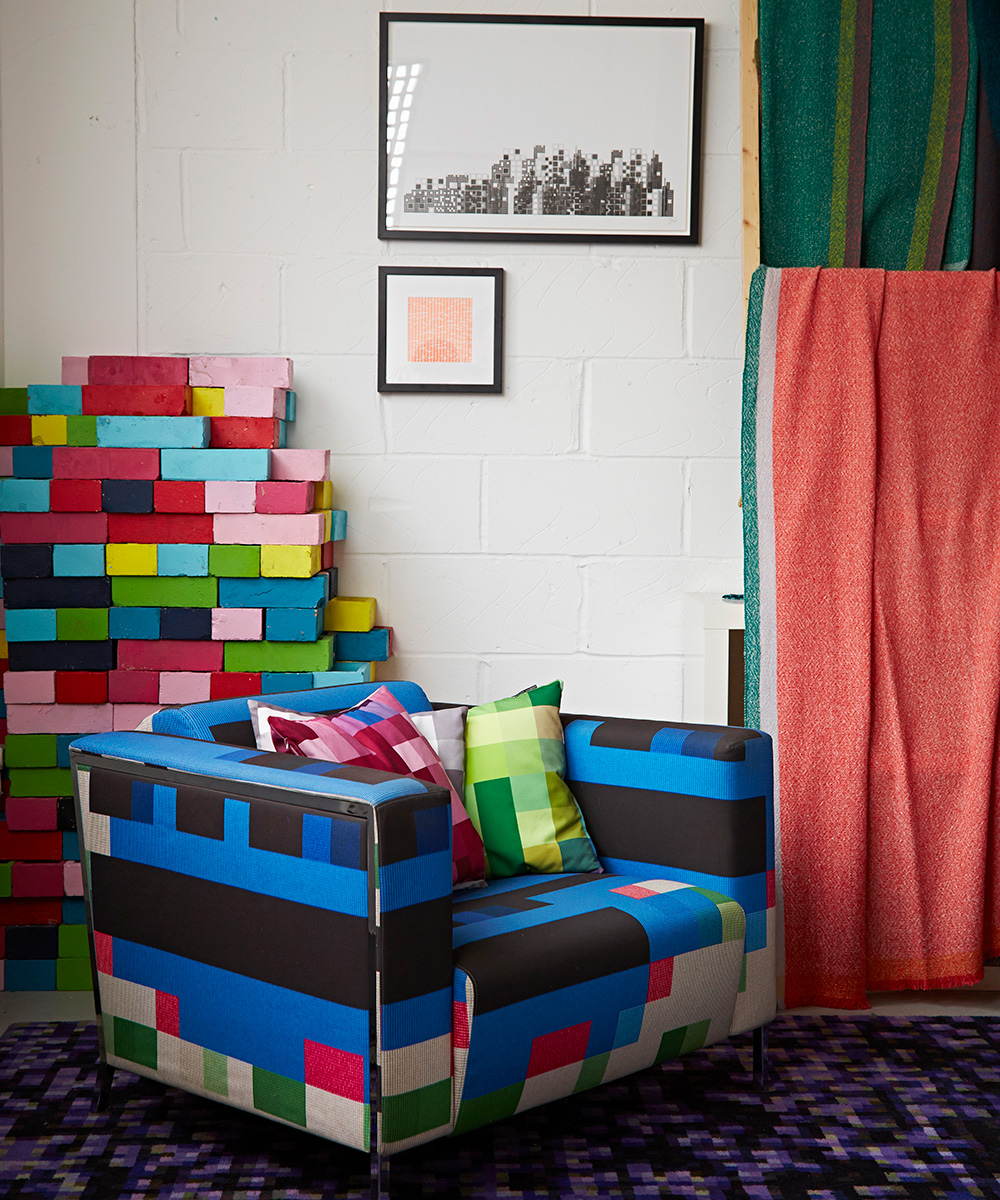
The starting point is always photography and I look for lots of detail in the shots. If you reduce an image it becomes much stronger, because it’s more concentrated. Sometimes I do this without a particular result in mind; I start tweaking things, put them into archives, feeding things into the concept and then return to them when I have a project lined up. Sometimes it’s about details, sometimes composition or sometimes it’s simply the crop of the image. I’m not influenced by trends; I always try to do something different.Recently, for the Bitmap Collection, I compressed black-and-white images and then added colour. I didn’t know much about computers when I was doing my MA and was resistant to technology, but now I use it to my advantage. I have taken the idea of the flickering effect on a computer screen and incorporated it into my designs.I like to spend a day a week alone in my workshop, being purely creative and working on my letterpress machine. But creativity really is an all day, every day, process.
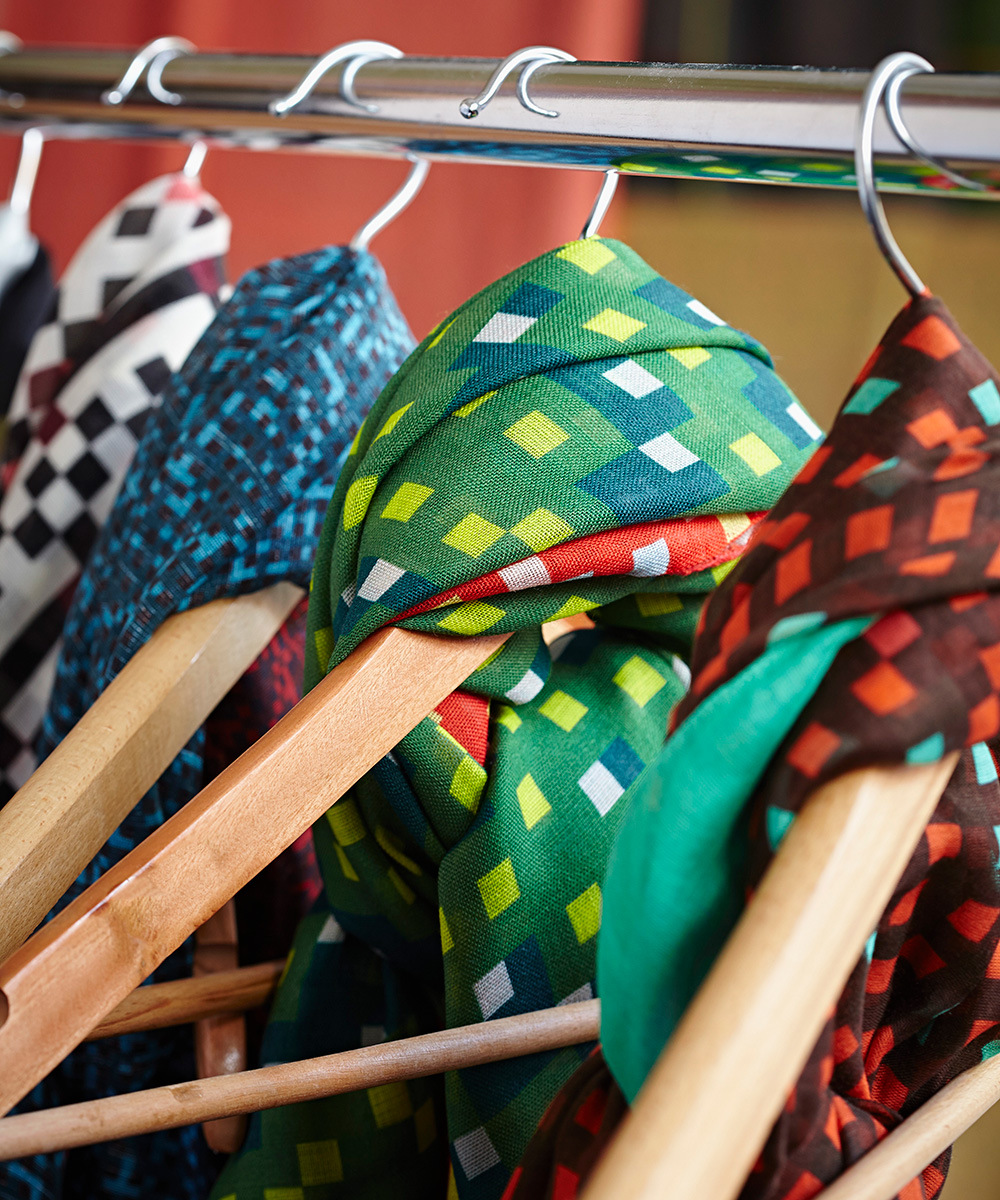
My time is divided between Barcelona and London, so there is no such thing as a typical day for me. Freedom of travel and new technology mean that I no longer need to work nine to five. I can talk to my staff around the world and we need to meet only when necessary.
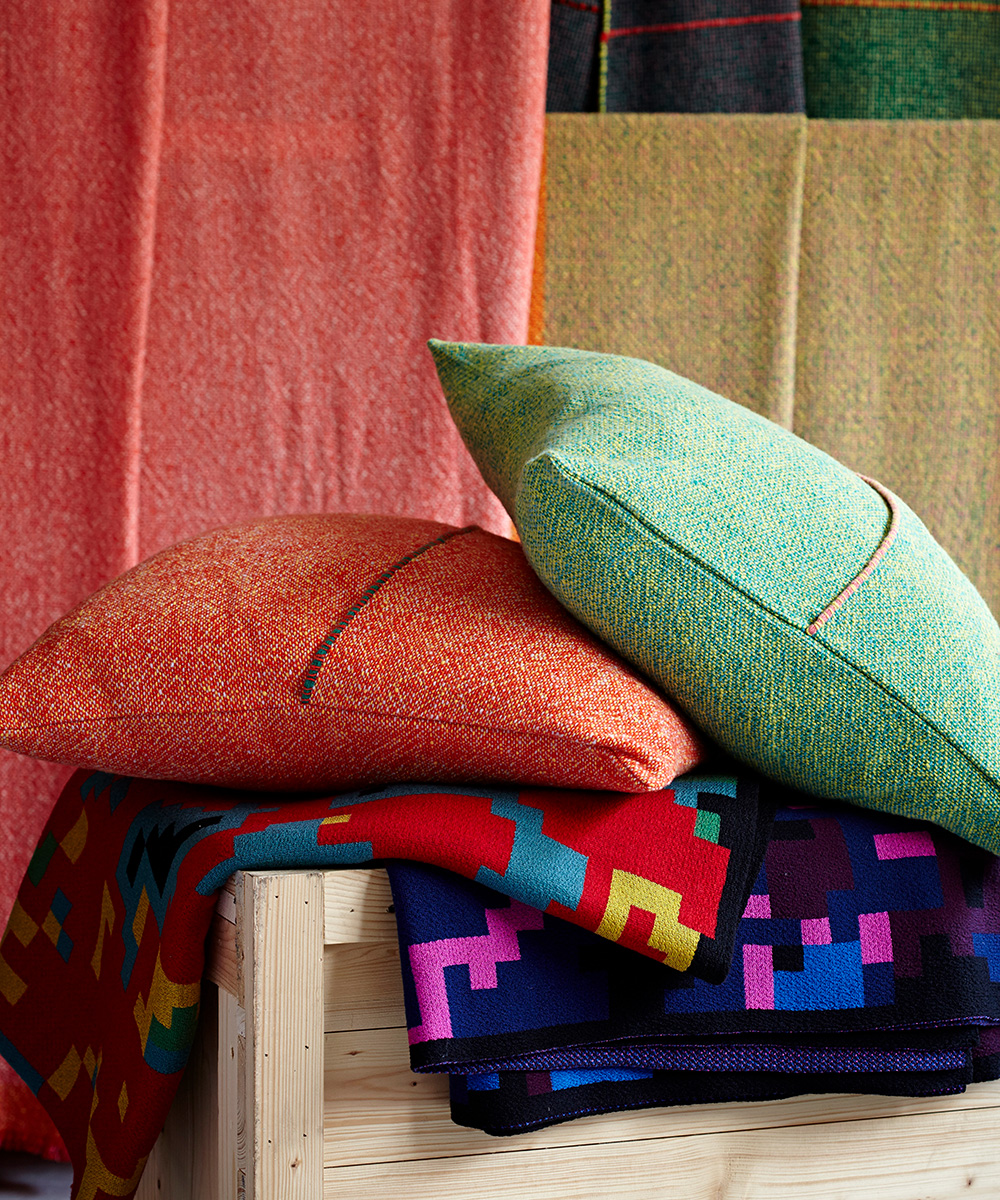
Zuzunaga, 26 Ermine Mews, Laburnum Street, London E2 8BF, 020 7033 6680, zuzunaga.com.
Photography/Alun Callender

Jennifer is the Digital Editor at Homes & Gardens, bringing years of interiors experience across the US and UK. She has worked with leading publications, blending expertise in PR, marketing, social media, commercial strategy, and e-commerce. Jennifer has covered every corner of the home – curating projects from top interior designers, sourcing celebrity properties, reviewing appliances, and delivering timely news. Now, she channels her digital skills into shaping the world’s leading interiors website.